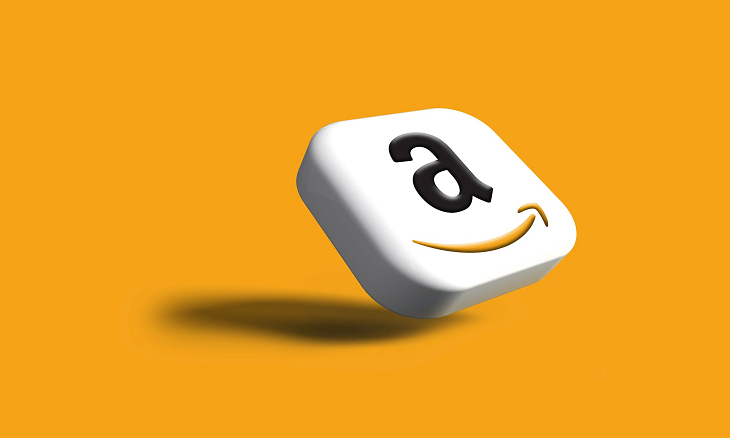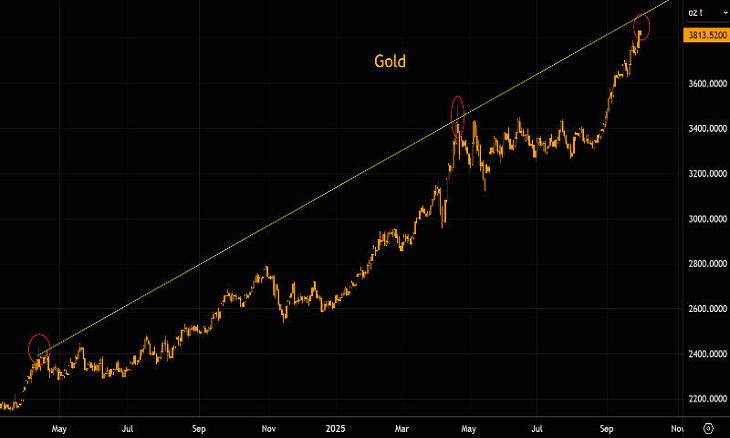Amazon continues to be a powerful platform for entrepreneurs looking to launch and grow their businesses. Whether you’re aiming for a side hustle or a full-fledged e-commerce venture, understanding the fundamentals of selling on Amazon is crucial. Here’s a comprehensive guide to help you navigate the process.
1. Choose Your Selling Plan
Amazon offers two primary selling plans:
- Individual Plan: Ideal for those selling fewer than 40 items per month. There’s no monthly fee, but a $0.99 fee per item sold applies.
- Professional Plan: Best for those planning to sell more than 40 items per month. It costs $39.99 per month and offers additional features like advanced selling tools and eligibility for top placement on product detail pages.
Selecting the right plan depends on your sales volume and business goals.
2. Set Up Your Seller Account
To start selling, visit Amazon Seller Central and create your seller account. You’ll need:
- A valid email address
- Business name and address
- Tax identification number
- Bank account information
- Credit card for billing purposes
Once your account is set up, you can begin listing products and managing your inventory.
3. Select Your Business Model
There are several business models you can choose from:
- Retail Arbitrage: Purchasing discounted products from retail stores and reselling them on Amazon.
- Online Arbitrage: Buying discounted products online and reselling them.
- Wholesale: Buying products in bulk from manufacturers or distributors and selling them individually.
- Private Label: Creating your own brand by sourcing generic products and branding them as your own.
- Dropshipping: Selling products without holding inventory; when a customer orders, the product is shipped directly from the supplier.
Each model has its pros and cons, so it’s essential to choose one that aligns with your resources and goals.
4. Conduct Product Research
Identifying profitable products is key to success. Utilize tools like or Jungle Scout to analyze market trends, competition, and demand. Look for products with:
- High demand and low competition
- A price point between $15–$85
- Lightweight and durable for shipping
- Positive customer reviews and feedback
Thorough research can help you select products that are more likely to succeed in the marketplace.
5. Source Your Products
Once you’ve identified a product, the next step is sourcing. You can:
- Find Suppliers: Platforms like Alibaba or Global Sources connect you with manufacturers.
- Negotiate Terms: Discuss pricing, minimum order quantities, shipping methods, and lead times.
- Order Samples: Always request samples to assess product quality before placing a bulk order.
Building a strong relationship with your supplier can lead to better terms and reliability.
6. List Your Products
Create detailed product listings that include:
- Product Title: Clear and descriptive with relevant keywords.
- Bullet Points: Highlight key features and benefits.
- Product Description: Provide comprehensive information about the product.
- High-Quality Images: Showcase the product from multiple angles.
- Keywords: Incorporate relevant keywords to improve search visibility.
A well-optimized listing can improve your product’s visibility and conversion rates.
7. Choose a Fulfillment Method
Amazon offers two primary fulfillment methods:
- Fulfillment by Amazon (FBA): Amazon stores, packs, and ships your products. They also handle customer service and returns.
- Fulfillment by Merchant (FBM): You handle storage, packing, and shipping of your products.
FBA is popular among sellers for its convenience and Prime eligibility, but it comes with fees. FBM offers more control but requires more effort on your part.
8. Promote Your Products
To drive traffic and sales:
- Amazon Advertising: Use Sponsored Products and Sponsored Brands to increase visibility.
- Social Media: Promote your products on platforms like Instagram, Facebook, and TikTok.
- Influencer Marketing: Collaborate with influencers to reach a broader audience.
Consistent promotion can help build brand awareness and customer loyalty.
9. Monitor and Optimize Performance
Regularly review your seller metrics, including:
- Account Health: Ensure you’re meeting Amazon’s performance standards.
- Customer Feedback: Address customer concerns and improve your product offerings.
- Sales Data: Analyze sales trends to adjust pricing and inventory.
Continuous optimization can lead to sustained growth and profitability.
Final Thoughts
Starting a business on Amazon in 2025 offers numerous opportunities. By following these steps and staying informed about market trends, you can build a successful online business. Remember, success requires dedication, research, and continuous learning.





